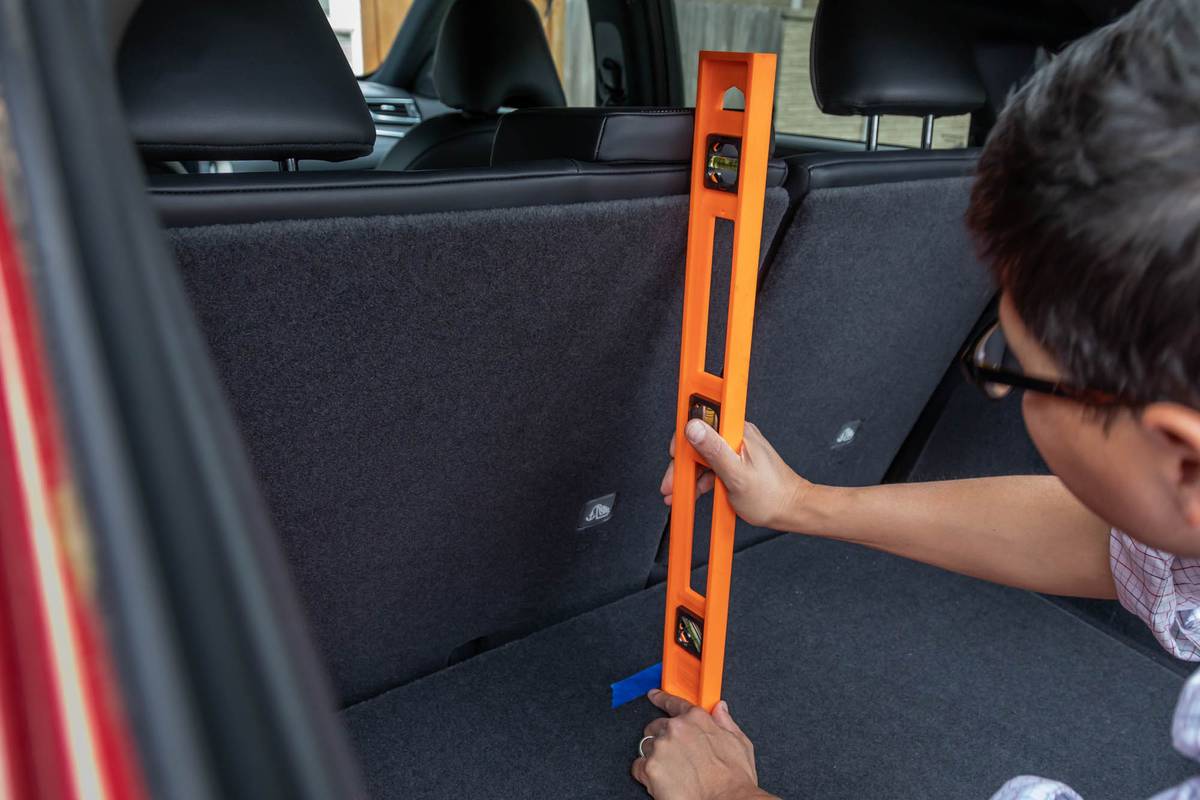Cars.com’s editors have made passing references in car reviews and elsewhere that we’d begun our own effort to measure vehicle cargo spaces. Now we’ve methodically recorded enough of them to begin sharing the results en masse. We’re far from filling out every vehicle class, but we have enough to highlight a few that we’ll call the best until something else unseats them.
Related: How Cars.com Measures Cargo Space
We give far more details in the article linked above, but we’ll emphasize that we undertook this program because we’ve found ordinary cargo specifications to be inconsistent at best and suspect at worst. To be clear, these numbers, even when they appear on third-party resources like Cars.com, are almost without exception manufacturer-supplied. The automotive industry relies heavily on self-reporting and self-certification, on everything from safety and efficiency assurances to specs like these — based on guidelines from the federal government and standardizing bodies like SAE International. Varying interpretations alone are enough to inject error in the results, even if you trust that the individuals who work for one automaker can be unfailingly objective.
By all means, use the specs found elsewhere on our site, or on manufacturer or dealer sites. But you might also want to check out independent results from Cars.com editors, who ensure consistency not only from brand to brand, but between enclosed trunks and the open compartments in hatchbacks and SUVs — a puzzling fault in the SAE standard that uses different methodologies for trunks and hatches, yielding results that can’t be compared reliably.
Quick Tips for Using the Specifications Below
Don’t compare Cars.com and manufacturer specs. We believe Cars.com’s volume measurements compare consistently across sedans, coupes, SUVs and anything else with a liftgate, and we think they represent how normal people use their vehicles. But comparing them to manufacturer-supplied specs isn’t meaningful.
Trunks run high, hatches low. The manufacturer standard greatly underestimates trunk volume, so Cars.com’s numbers are consistently higher. Conversely, our numbers for anything with a liftgate will seem low compared to what automakers publicize because we measure to the top of the rear seatback (this maintains rear visibility and helps prevent cargo from becoming projectiles in a crash). A large item that extends above this plane certainly occupies more space. Many trunks achieve similar ends with a folding backseat.
There’s no “maximum” cargo volume. We don’t provide a “maximum” cargo volume, often cited as space behind the first row that includes volume when the second row or backseat of any hatchback, SUV or van is folded flat. This is simply because we haven’t developed a method we believe is reliable and consistent enough to account for the complex shapes involved (but we haven’t given up). In the meantime, if you rely on manufacturer-supplied maximum figures, remember that they can be compared only to other manufacturer specs, not the numbers below.
Volume may vary by trim level. We list the model year and trim level tested below. We believe all 2020 results shown here are accurate for the 2021 model year. Different trim levels can result in volume differences due to equipment like spare tires, audio equipment and adjustable floors.
Other areas are broken out. A handful of models have major additional storage areas. Vehicles without engines under the hood, for example, sometimes provide a front trunk (or “frunk”) in that area. And some models, like Chrysler’s minivans, furnish underfloor compartments in the passenger area. We measure those spaces, too, but rather than combining them into any volumes from the traditional cargo area cited, we’ve appended the results with a separate volume spec and footnote.
